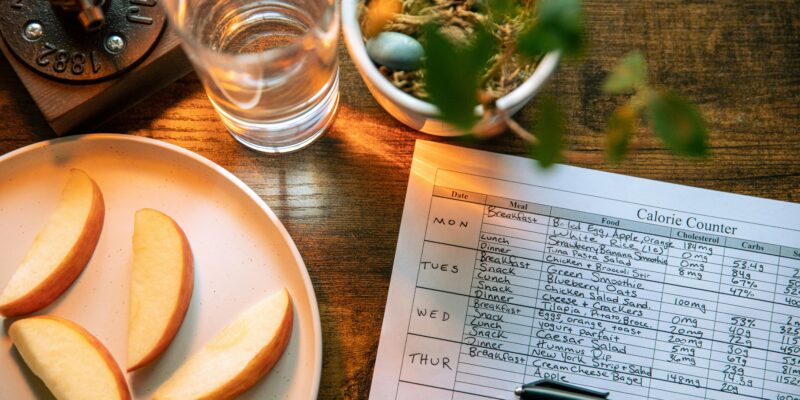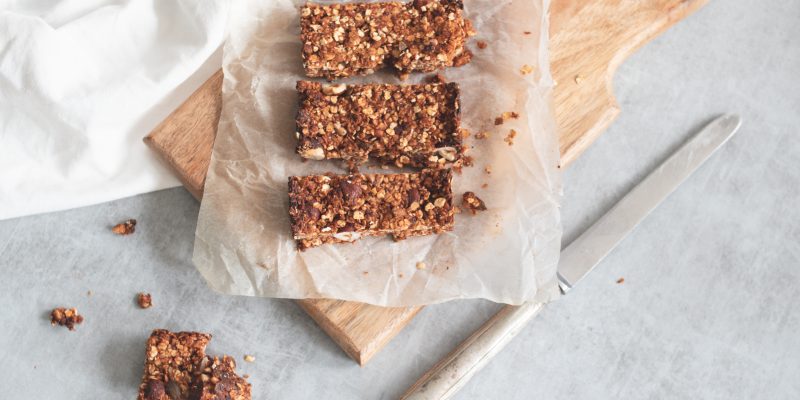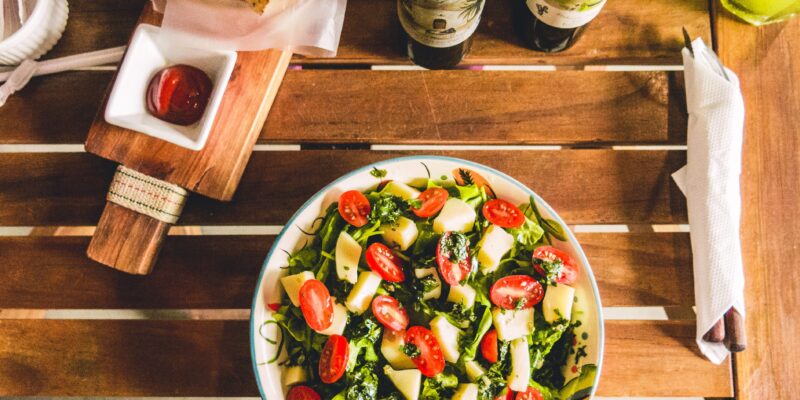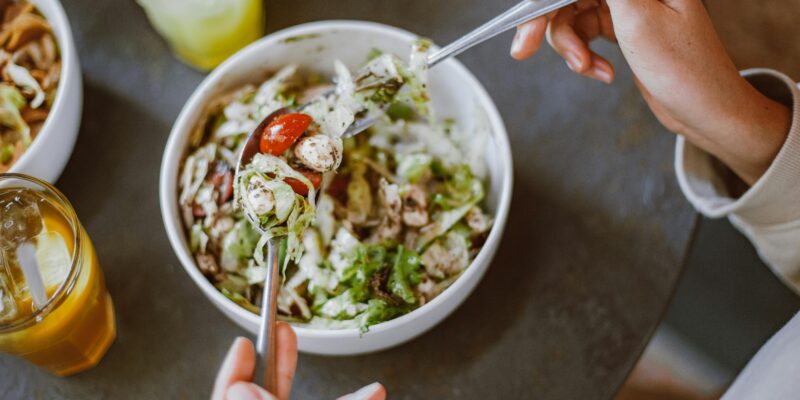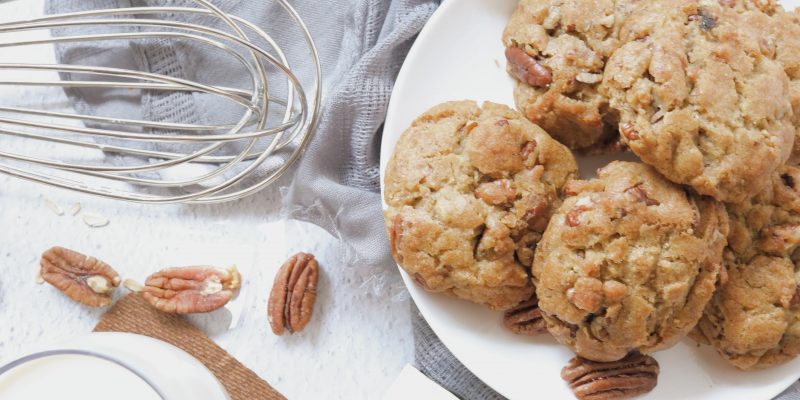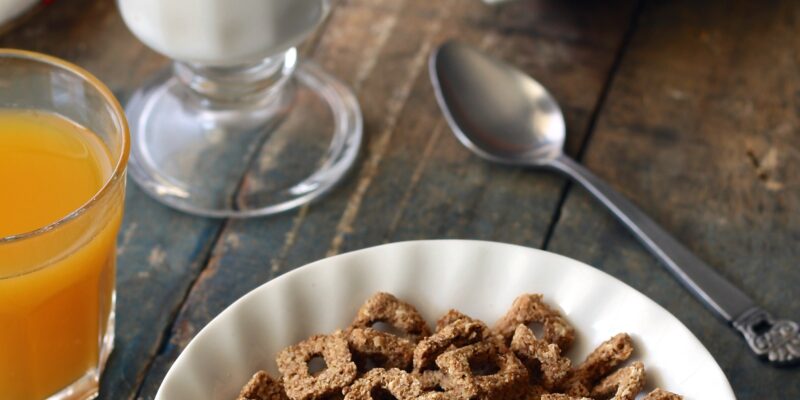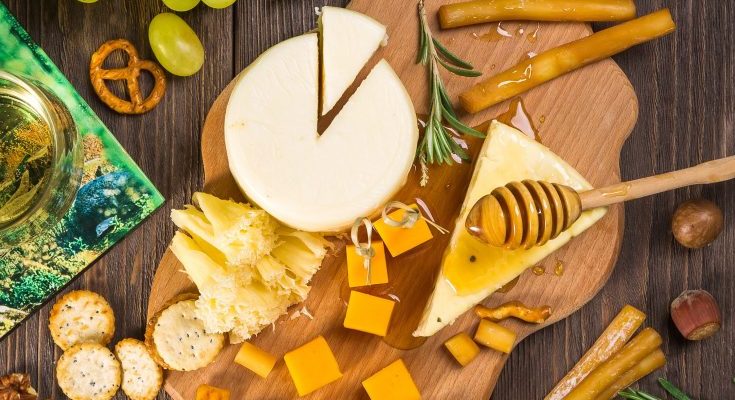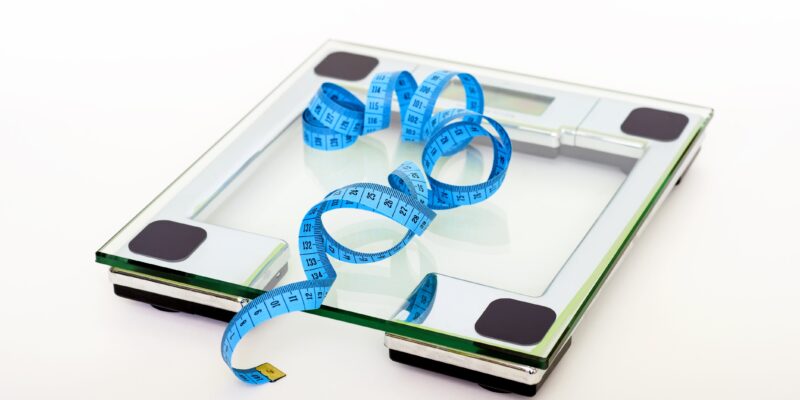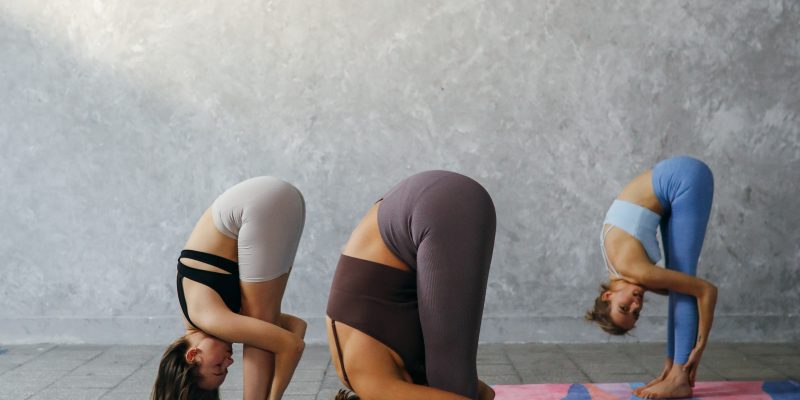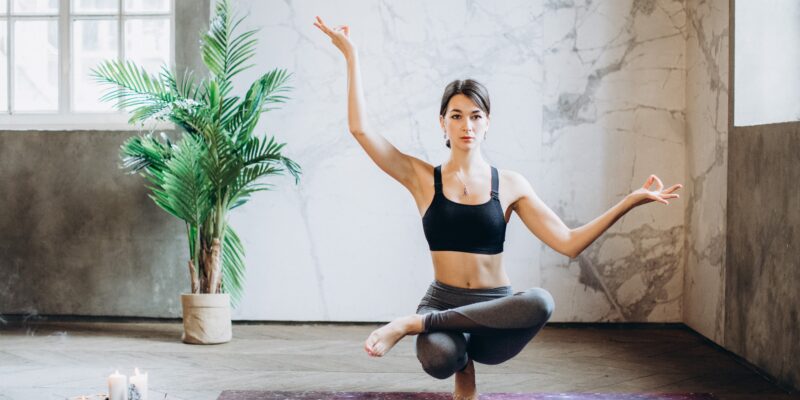Learn how to dictate your portions using mindful eating techniques that help to increase your attunement to feeling fullness and satisfaction. Here are a few tips to consider.
Read More...A Dancer’s Guide to Healthy Snack Bars
With little time to build a balanced snack during performance season, convenience is crucial. A granola bar can be a quick and portable option to help fuel long rehearsals, auditions, or training days. If purchased ahead, they’re also readily available when hunger strikes unexpectedly. This article will dive into what dancers can consider when choosing a snack bar.
Read More...Journaling for Dancers: Getting Started
Guided journaling is fundamental to The Healthy Dancer®, particularly in understanding how our bodies respond to different foods (and our relationship with food). But with so many types of journals, it’s tricky knowing which can be right for you. In this blog post, we’ll explore two guided journaling practices I utilize with dancers and how each can support you.
Read More...Is Clean Eating Healthy?
Clean eating suggests an idea of purity in food choices, often promoting the elimination of processed foods and a strict emphasis on whole, unrefined ingredients. While on the surface, this may seem like a good thing, especially for dancers who rely on proper nutrition to fuel their bodies, the truth is that the concept of clean eating can be harmful and even detrimental to a dancer’s performance, mental health, and long-term relationship with food.
Read More...Dancers, Food, and The Urge to Diet
Restricting the amount and types of food eaten can lead to energy deficiency— a direct marker of reduced stamina, strength, and focus. In this blog post, we’ll explore a handful of affirmations and reminders to help you move through instances when you feel the urge to restrict your food.
Read More...What Is Taste Hunger?
We’ve all had moments when we need to eat, but not because we’re physically hungry—it’s because something simply *sounds* or *tastes* good. Taste hunger occurs when you desire the flavor or experience of eating without needing to eat for physical reasons. In this blog post, we’ll break down what taste hunger is, why it happens, and how to navigate it supportively.
Read More...Why Dancers Need A Licensed Nutrition Expert
Dancers are especially vulnerable to the development of disordered eating and eating disorders. It’s essential that they seek qualified advice for appropriate nutrition intervention and prevention. With an abundance of information flooding our media feeds, it’s difficult to decipher truth from trends in regards to dance nutrition, dancer health, and dancer wellness. Dancers are not just artists, they’re also athletes. Therefore, trusting credentialed professionals, such as Registered Dietitian Nutritionists, helps to maximize a dancer’s strength and endurance in a way that promotes sustainable habits without the risk for injury and burnout.
Read More...A Dancer’s Diet: Fiber
From digestive regularity and immunity to satiety and sustained energy, fiber is surely a buzz-worthy topic worth learning about. And between busy schedules and constant physical exertion, dancers need fiber to regulate energy levels, maintain satiation, and encourage a moving digestive system. Since fiber is an essential component of a dancer’s diet, let’s discuss why and how you can assure that your fiber needs are met.
Read More...Injury Recovery Nutrition for Dancers
Injury is an inevitable part of a dancer’s journey. Although dancers often face a great deal of distress— physical, mental, and emotional— when recovering, an optimal recovery plan isn’t linear. What you eat can significantly influence how quickly and effectively you heal. Nutrition plays a pivotal role in each stage of recovery, from reducing inflammation to rebuilding tissue strength. In this blog post, we’ll uncover how to optimize your meal plan for injury recovery, helping you return to the studio stronger and more resilient.
Read More...How To Get Back Into Dancing Shape: Returning to The Studio
Taking time off from dancing—whether due to injury, vacation, or a break from the demanding routine—can be both a relief and a challenge. Returning to the studio often brings excitement, but it can also come with stress. Worrying about lost progress, changes in your body, or simply the pressure to pick up where you left off is common. You might turn to behaviors like calorie counting and weight tracking to “get back into shape.” To ease the transition, here are strategies to implement.
Read More...Stop Avoiding “Empty Calories”
For dancers, the desire to fuel for performance can make eating “empty calories” seem counterintuitive. As artistic athletes, dancers optimize their plates for adequate energy and muscle recovery. But when a dancer begins to stress about food, feeling anxious when those nutrient-dense options are unavailable, intentions to eat “healthfully” turn into unhealthy obsessions. While nutrient-dense foods are helpful, it’s equally important for dancers to make room for all foods, even those deemed less nourishing.
Read More...Healthy Snacking Guide for Dancers
I encourage dancers to optimize each eating opportunity as a chance to fuel for performance, however, many still hesitate to snack. Combatting this means building a smart snack plan; one that maintains optimal energy throughout long rehearsals and performances. Here’s a comprehensive guide on what dancers need to know about it.
Read More...A Dancer’s Metabolism: Here’s What You Should Know
If you’re wondering about your metabolism and how it works, then chances are you have questions about your body weight, shape, or size. Perhaps you’re comparing your body to another dancer’s and thinking, “Wow, they can eat whatever they want! I’d gain so much weight if I ate like that!” To answer this question and more, here’s an in-depth look into the intricacies of a dancer’s metabolism, how it influences their energy, and strategies for optimizing it.
Read More...Food Rule or Food Choice? There’s A Difference
For dancers, understanding the difference between food rules and choices can help you cultivate a healthier approach to eating. In this blog post, we’ll explore these concepts and offer practical tips to ensure you’re making nourishing choices rather than restrictive rules.
Read More...Male Dancers: Nutrition, Body Image, & Disordered Eating
For dancers assigned male at birth, nutritional challenges are the reality when navigating intense training schedules. The unfortunate reality of unrealistic body ideals that push thinness and extreme muscular physiques are often to blame. Proper nutrition, however, is crucial for optimizing performance, enhancing recovery, and preventing injuries. This blog post will dispel the nutrition- and body image-related misinformation and uncover the fundamentals of constructing a comprehensive plan to fuel for performance.
Read More...Sustainable Cross-Training for Dancers
Has your dance teacher suggested that you cross-train? Supplementing their training with a well-rounded cross-training plan helps dancers prevent injuries and improve performance. In this blog post, fitness trainer Maya Bryant shares everything dancers need to know about building a sustainable cross-training plan as a dancer.
Read More...Cross Training: How Much Is Too Much?
Dancers have exercise built into their lifestyles. Whether it’s classes, rehearsals, or cross-training, getting enough physical activity during a day is rarely our issue. What’s more of an issue, however, is knowing how much is too much. While cross-training is essential to enhance strength, flexibility, and endurance, it’s crucial to recognize when your cross-training efforts become excessive. In this blog post, we’ll uncover everything dancers should know about over-training and over-exercise.
Read More...A Dancer’s Guide to Regular Periods
Period health can significantly affect a dancer’s performance. Irregular or absent periods can be a sign of inadequate nutrition and overtraining, which can lead to decreased bone density, increased risk of injuries, and reduced energy levels. Painful periods can also impact concentration and stamina during rehearsals and performances. This blog post will uncover everything dancers need to know about period health and strategies to support it.
Read More...Healthy Recipes for Dancers
Enjoy these favorite power combos from The Healthy Dancer and To The Pointe Nutrition (TTP) Ambassadors! We offer delicious meal and snack options for busy dancers, including healthy, delicious recipe ideas and ways to meal plan for the week ahead.
Read More...A Dancer’s Guide to Finding a Nutrition Professional
From performance optimization to supporting your relationship with food, it’s no secret that good nutrition education is paramount. However, finding the right practitioner requires careful consideration. In this blog post, dancers can uncover what is most important when seeking a nutrition professional.
Read More...